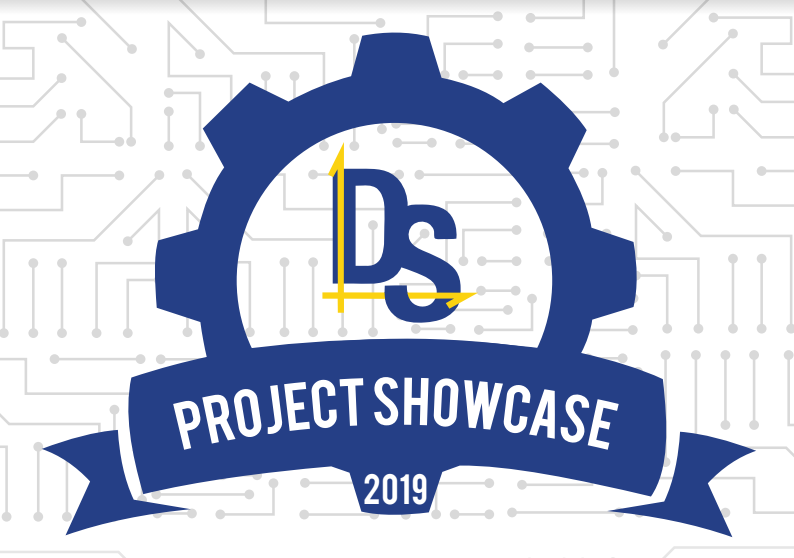APPsolutely Successful
Sunny Hong, Ishana Naraynan
Despite the usefulness of apps, 61% of apps receive less than 500 installs because their developers fail to realize that the completion of the product does not automatically result in usage by its targeted audience. To address this issue, we decided to construct a model that will predict how an app will perform in the app store. This way, app developers have more knowledge about how to market their product to their respective audiences to maximize revenue and user experience.
GitHub
Predicting Drafted Quarterbacks
Connor Levenson, Mihir Arya, Kennard Peters, Joe Kinderman
One of the most important decisions a sports agent must make is deciding which athletes to represent. Representing a player who does not make it to the professional level in their respective sport is a waste of the agent’s time and resources. To automate this decision-making process, we are building a model that predicts which college quarterbacks will be drafted into the NFL.
GitHub
AskReddit Toxicity Analysis
Mikaela Guerrero, Angel Chavez, Minh Hua
We analyze the toxicity of AskReddit comments and visualize how it changed over time. Our toxicity ratings are derived from the Perspective API, from which we generate our own labels. In addition, we explore Perspective’s shortcomings and in turn attempt to build better sentiment analyzing models.
GitHub
Playing Cards Image Classification
Fluellen Arman Umali
Ever want to know how computers process images? We give a broad overview of CNNs and computer vision. In addition, the project highlights a Tensorflow CNN that classifies playing cards.
GitHub
Dexter 2.0
Ludvig Killingberg, Maya Samet, Shakuntala Mitra, Zahra Afzal
White blood cell counts are important diagnosis tools but because they are done manually they are time consuming and expensive. We aim to create a program that can detect and classify white blood cell subtypes from image scans of patient blood samples. In order to increase accuracy we applied multiple augmentation methods on the images. We then used a convolutional neural network to classify the subtypes and YOLO v3 to detect the blood cells.
GitHub
UCSB Dining Halls
Alex Lai, Matt Luckenbihl, Roy Luengas
Tired of waiting in line at Carillo, DLG, and Ortega Dining halls? Our single shot detector, plus the use of centroid tracking, has made it possible to count students coming in and out of the dining halls. We can identify the peak times using just object detection and tracking through the dining hall cameras.
GitHub
Newsfeed Article Clustering
Parker Glenn
Having some intense déjà vu scrolling through your social media newsfeed? This unsupervised document similarity project aims to reduce repetition within news articles shared by your connections, as well as offer politically diverse takes on the latest events. Relying on TFIDF for pre-processing of content, the articles are then clustered using Kmeans, HAC, and Birch clustering. What results is a tidier newsfeed, with insights drawn into what exactly makes an article unique.
GitHub
Algorithmic Trading with Reinforcement Learning
Calvin Wang
We look at the S&P 500 and try to create an investment strategy that earns the most money. We use a reinforcement learning to create a deep learning model that learns from the actions it takes and the money it earns. The result is a deep learning algorithm that can make money investing in the stock market.
GitHub
Eyewire
Brian Lim
Ever want to help scientific efforts but don’t have a required knowledge for research? Join citizen science efforts. Eyewire is a citizen science game to map the human brain. To supplement this, we try to map the brain using a new deep learning technique called Bayesian Deep Learning. We develop a lightweight Bayesian UNet to propagate neuron segments throughout a 3D image.
GitHub
AntiGAN
Amil Khan
Given a training set of images, Generative Adversarial Networks (GANs) create “fake” images that look like the training images. This powerful algorithm has now been taken into the realm of doctoring images of individuals performing malicious acts such as stealing. In this project, we will present a solution to detect whether an image is GAN generated.
GitHub:
GitHub

